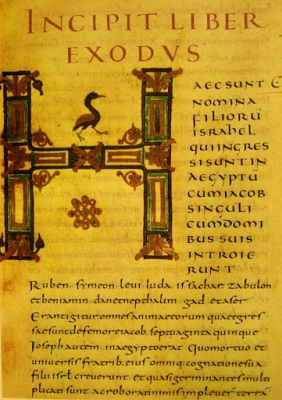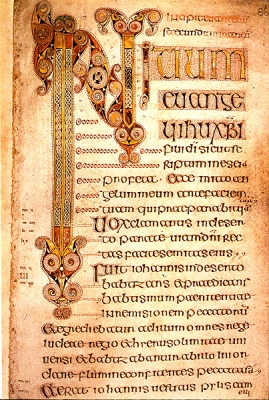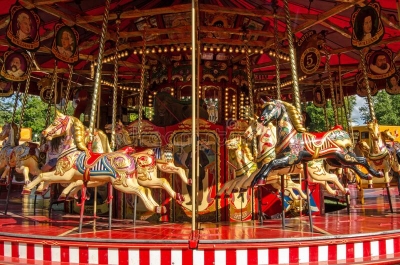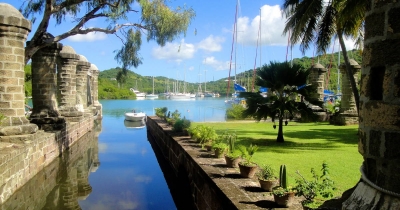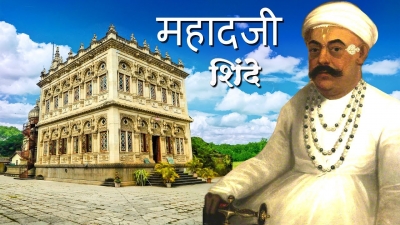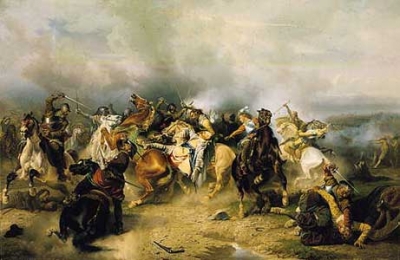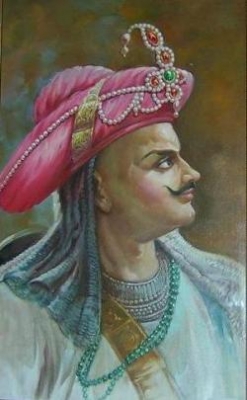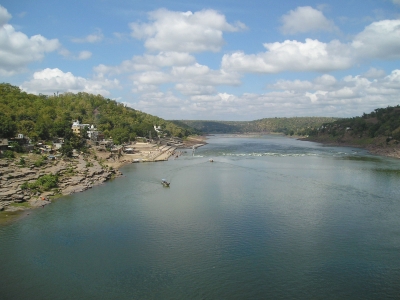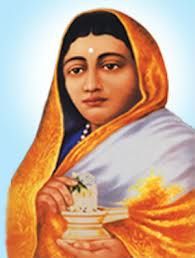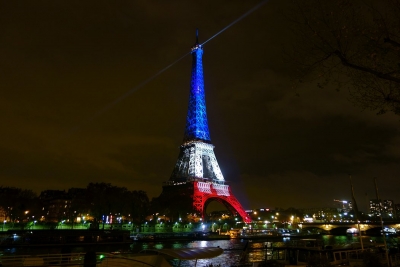
On a river bank
In 300 BC, a group of seven islands on the banks of the mighty river Seine was inhabited by tribal fisherfolk of the Celtic sub-tribe Parisii. They loved the place and its climate enough to settle there permanently and set up their capital. The region was known as Gaul until conquered by the Roman dictator Julius Caesar, who gave it the name Lutetia. The place was subsequently called Civitas Parisorium – The name ‘Paris’ came about only around 500 BC.
Over time, Lutetia became the commercial hub for the Romans. The original inhabitants adopted Roman manner and customs. The prosperous and strategically located city, was prone to invasions. Invading monarchs from multiple dynasties contributed to making the city what it currently is-Paris.
During the 11th and 12th Centuries, Paris was becoming an important cultural and commercial urban centre. The Seine facilitated trade and the city began to grow on both its banks. By the end of the 12th Century, Emperor Philippe Auguste had built paved streets, fountains and the huge commercial market at Les Halles on the right bank of the river. Universities, the Cathedral of Notre-Dame, the royal Sainte-Chapelle and a much expanded royal palace came up on the left bank. The fortress ‘Louvre’ was built to protect the city from invaders. For more than 700 years (until 1919), Paris remained a fortified city, with concentric boulevards, where buildings left very little space for gardens and other recreational facilities.
Fame and fall
By the end of the 13th Century, Paris had 80,000 inhabitants and was the biggest city in Europe. However, during the 14th Century, famine and plague decimated its population and the 100-year war between France and England added to the unrest. Paris lost its standing as the capital unit 1530, when Francois I ascended the throne and made Paris his capital, triggering its reconstruction and growth while bringing intellectual and cultural changes.
The old Louvre was rebuilt as a modern, Renaissance palace. The Saint-Eustache Church and the College de France were constructed. The printing press came up. Numerous poets, thinkers and humanists took centre-stage-many of them teaching at the College de France-but, strangely, massacres too occurred in the name of religion.
The Bourbon King Henry IV, brought further changes: tax regulations, agriculture, public works, forest conservation, etc. He added a massive gallery to the Louvre, built the Pont-Neuf, the oldest of the 35 bridges across the Seine, promoted art and architecture. Successive rulers contributed to building the city until 1680, when Louis XIV made Versailles his capital.
A happening city
Although no longer the capital, and damaged by three major wars during Louis XIV’s 72-year reign, Paris, with a population of 5,00,000, remained the hub of intellectual life, eventually progressing to become the intellectual capital of the world by the 1800s. The ideas of justice, liberty, equality, independence, statehood and individuality were being shaped through discussion and debate, triggering the French Revolution, which started with the storming of the Bastille prison. By the end of the revolution, the monarchy became a just and liberal republic, and Paris became the capital again.
In 1804, with Napoleon Bonaparte becoming emperor, the borders of France expanded into central and western Europe. Merit gained value over lineage, and religious tolerance increased. People migrated from rural areas, and Paris’ population grew from 6,00,000 in 1800 to 10,00,000 in 1846. Ill-equipped to cope, Paris became an unpleasant city wrought with poverty and disease. Sick of the poor governance, economic hardships and poor harvests, the elite classes and the working classes united to overthrow the monarchy in 1848.
Napoleon III then began the transformation of Paris into the modern city of today. He charged an official named Georges Haussmann with restoring Paris to its past glory and turning it into a great modern capital – with potable water networks, a modern sewage system, 2,000 hectares of greenery, hospitals, the opera and the residential areas for the working classes, and more. In 1870, the empire ended, followed by a year of unrest and bloodshed.
Fast-paced growth
By the end of the century, there was a sudden shift towards scientific and technological advances: the timeless, unmatched wrought-icon Eiffel Tower became an icon of Paris. In 1900, Paris inaugurated its first metro line. In 1910, the Sacred Heart Basilica was added to the city’s list of treasures. Impressionist painters of the time made their marks worldwide, making Paris the epicenter of revolution in art and culture. By 1911, the population was up to 2.9 million.
Between 1945 and 1974, Paris witnessed unprecedented economic growth, and its social and economic fabric underwent restructuring. Industries moved out of Paris, taking worker populations along. By 1974, the Charles de Gaulle International Airport was operational. Modern buildings came up and ‘old’ districts were rebuilt or renovated while heritage structures received protection and UNESCO recognition as a World Heritage Site.
Paris today
Today, Paris is a bustling business centre. Its two million inhabitants and 20 million annual tourists are supported by a strong services industry and the metro, trams and railways. Transportation, finance, healthcare, agriculture and engineering sectors are based in Paris. Haute couture – made-to-order clothing- was a trend that started in Paris. So was the case with haute cuisine. The art of preparing and presenting food, luxury dinning experiences and experiments with exotic ingredients and recipes is Paris’ gift to the world.
Indeed, Paris remains a crucial financial centre and one of the world’s oldest cultural and intellectual centres.
Picture Credit : Google
